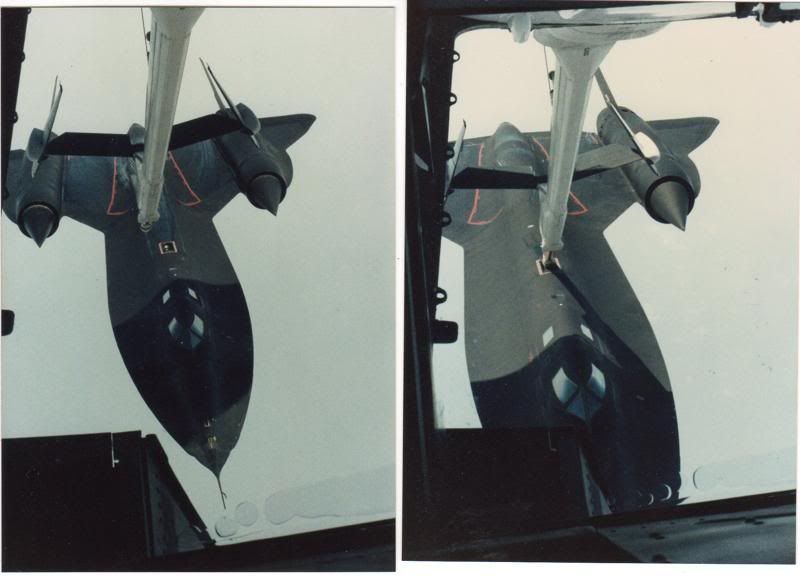Originally posted by JimD
View Post

Didn't read the Wiki, but this thing had to have its own fleet of tankers to support it. Couldn't use the regular KC-135/KC-10s that were out there already for its JP-7.
About JP-7
JP-7 is a mixture composed primarily of hydrocarbons, including alkanes, cycloalkanes, alkylbenzenes, indanes/tetralins, and naphthalenes, with addition of fluorocarbons to increase its lubricant properties, an oxidizing agent to make it burn better, and a cesium containing compound known as A-50, which aided in disguising the radar signature of the exhaust plume. The Blackbirds used approximately 36,000 - 44,000 pounds of fuel per hour of flight. It's estimated that over 20,000,000,000 (20 billion) pounds of fuel was burned during the life of the program...
...The very low volatility and relative unwillingness of JP-7 to be ignited required triethylborane (TEB) to be injected into the engine in order to initiate combustion and allow afterburner operation in flight.
...The very low volatility and relative unwillingness of JP-7 to be ignited required triethylborane (TEB) to be injected into the engine in order to initiate combustion and allow afterburner operation in flight.
To accomplish this, specialized KC-135Q tankers were required to refuel the SR-71. The "Q-model" tanker had a modified "high-speed boom," which would allow refueling of the Blackbird at nearly the tanker's maximum airspeed, with minimum flutter. The Q-model also had a separate fuel system, which kept the tanker's fuel (either JP-4 or later JP-8) isolated from the JP-7 needed by the SR-71. During its operational life, the SR-71 had dedicated KC-135Qs and aircrews sitting on alert, ready to launch within minutes to tank up a Blackbird. Some of these alert birds were located on the east coast (Pease AFB, Loring AFB, Plattsburgh AFB etc.); on the west coast; at Hickham AFB, Hawaii; Mildenhall, England; and Guam.



Leave a comment: